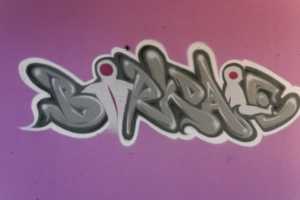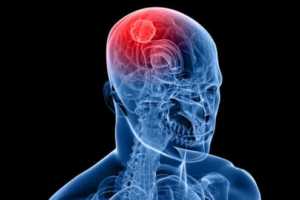Since qualification, in 1977 I have only been interested in neurology. Treating Cerebral Palsy has taken a great deal of my focus for many years. I am very interested in this condition and the history of treating it especially in children.
The following is a useful definition of Cerebral Palsy. The definition is written by Kate Hoy research fellow /clinical neuropsychologist at Monash University gave the best definition for cerebral palsy in her article in the conversation.com
“Cerebral palsy describes a group of permanent disorders of the development of movement and posture, causing activity limitations that are attributed to non-progressive disturbances that occurred in the developing foetal or infant brain. The motor disorders are often accompanied by disturbances of sensation, perception, cognition, communication and behaviour; by epilepsy and by secondary musculoskeletal problems”
In other words the child is affected in his/or her neuro development and has difficulty in rolling sitting and standing. It means that the child may have spatial orientation difficulties and they may also have difficulty in processing the sound and language. They may have memory and learning challenges. Children affected by this condition may have inability to control voluntary movements.
At the time of my qualification, they were two distinctive method of treatment for cerebral palsy children:
Bobath and Conductive Education.
Bobath
“The Bobath Concept is a problem solving approach to the assessment and treatment of individuals with disturbances of function, movement and postural control due to a lesion of the central nervous system.”
Conductive Education
“Teaching children and adults with movements strategies to gain greater control over their movements, leading to increase confidence and skill. To achieve this they use a systematic programme of conscious movement’s strategies called conductive education.”
They both have a place and I have used both methods extensively. Since technology has improved and due to Magnetic resonance imaging we have better understanding of how brain works and we can see that learning takes place at multi-levels. We also have learned about neuroplasticity and know that other parts of the brain are able to take over.
The question now is do we continue treating cerebral palsy in the way we have always done or do we change approach because of our understanding of Neuro science!
In my view optimal treatment in children requires a team approach. A modern team approach focuses on total patient development, not just on improvement of a single symptom. Treatment programs encompass physical and behavioural therapy. Treatment is required in variety of different areas.
Technology and science in this area have advanced tremendously. As learning takes place in many different levels, our approach is to take advantage of the modern science and technology and work to stimulate motor learning. It is vital to enable the child to become as independent as possible. In order to achieve independence, we assess each child with cerebral palsy individually. A specifically devised plan of treatment is then followed to benefit the child.
Our assessment and follow up treatment of cerebral palsy children covers the following areas:
Abnormal Sensation
Some children have impaired sensation. They may experience pain when touched. They may have difficulty in sensation in their hands and not recognising shapes. We work to improve sensory awareness and use variety of techniques to enhance normal sensation such as vibration, pressure and improve tactile.
Vision
We work closely with behaviour optometrist as well as Tobii eye gazing to improve visually guided movements and cognition. Hearing and vision abnormalities children may have squint or hemianopia. Visual defects occur in 25% to 39% of adult patients. 8% to 18% of adults with cerebral palsy have hearing problems.
Feeding
Swallowing needs to be screened and checked early to prevent vomiting, aspiration and pneumonia. Reflux, poor nutrition, failure to thrive, drooling, and communication difficulties can be caused by poor swallowing and poor oral motor function. Our speech therapist in the centre works with us to encourage swallowing and feeding.
Standing
Standing markedly increases bone mass in non-ambulatory adults and children; not standing can cause osteopenia, osteoporosis, fracture, scoliosis or pain. We have found from experience using power plate or vibratory mat has an effect on bone density. We also use standing frame to encourage standing as well as help stretch muscles.
Conclusion
We use Functional Electrical Stimulation to enhance muscle activity. We measure muscle activities with surface EMG and balance with RSCAN. You may ask where Bobath or Conductive Education come in. We amalgamate both technics using sensory motor integration. In conclusion CP child is able to function better when focus has been multi directional and all encompassing.




